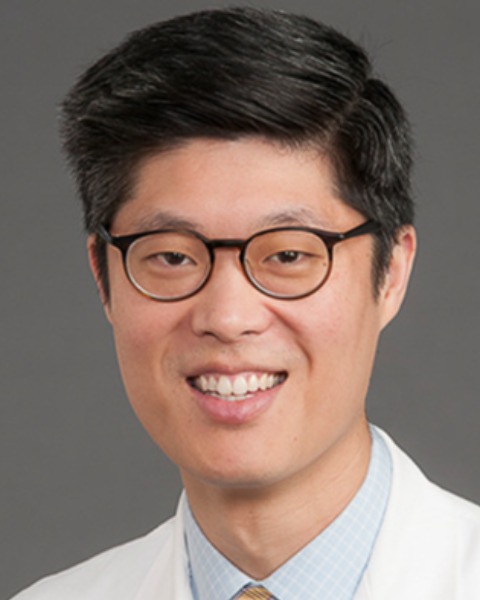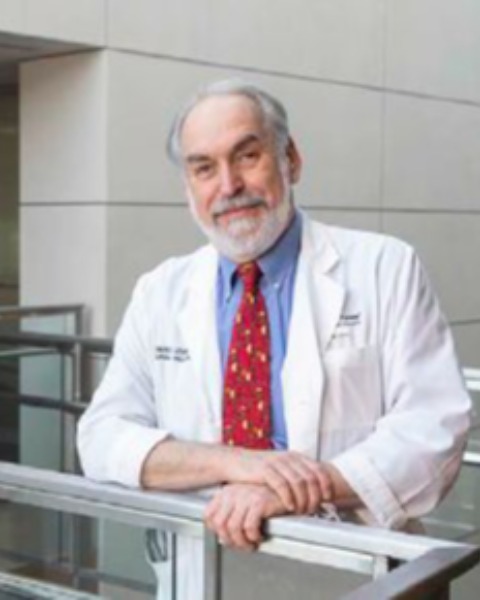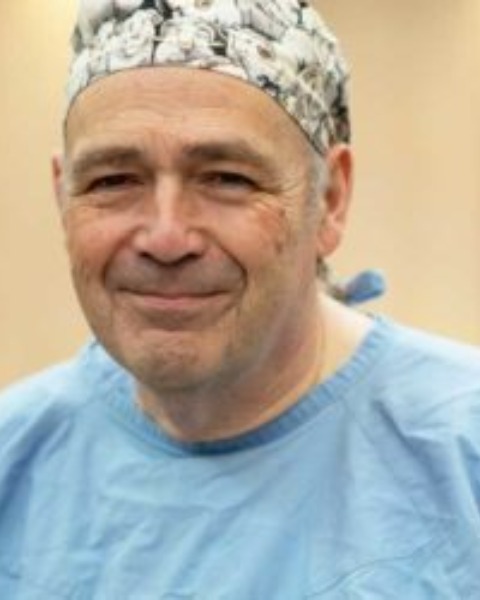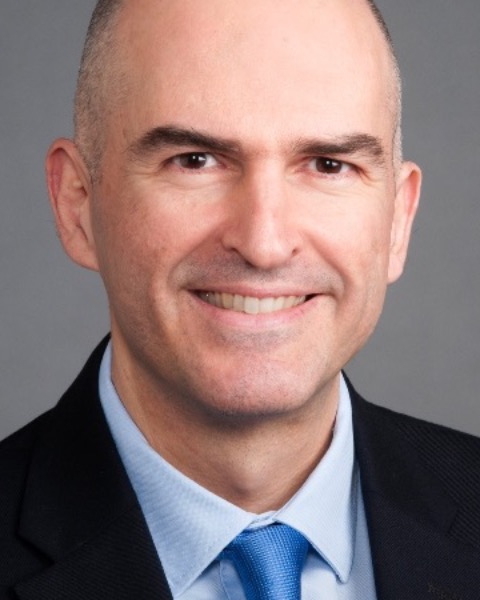PSM
CME
68: Assessing the Mucolytic and Cytotoxic Activity of Bromelain in Appendiceal Cancer Organoids

Richard A. Erali, MD MPH
General Surgery Resident
Wake Forest Baptist Health
Winston-Salem, North Carolina, United StatesDisclosure(s): No financial relationships to disclose

Richard A. Erali, MD MPH
General Surgery Resident
Wake Forest Baptist Health
Winston-Salem, North Carolina, United StatesDisclosure(s): No financial relationships to disclose
- NW
Nadeem Wajih, PhD
Research Assistant
Wake Forest University, United StatesDisclosure information not submitted.

Steven D. Forsythe, MSc
Graduate Student
Wake Forest School of Medicine
winston Salem, North Carolina, United StatesDisclosure information not submitted.
- PS
Perry Shen, MD
Professor
Atrium Health Wake Forest Baptist, United StatesDisclosure information not submitted.

Edward A. Levine, MD
Chief, Surgical Oncology
Wake Forest University
Winston-Salem, North Carolina, United StatesDisclosure information not submitted.
- SS
Shay Soker, PhD
Professor
Wake Forest University, United StatesDisclosure information not submitted.

David L. Morris, FRCS, FRCSE, MD, PhD, FRACS (he/him/his)
Professor of Surgery
St George Hospital
Kogarah, New South Wales, AustraliaDisclosure(s): Mucpharm: Executive Role (Ongoing), Stocks (Ongoing)

Konstantinos I. Votanopoulos, MD, PhD
Professor Surgical Oncology; Director, Wake Forest Organoid Research Center (WFORCE)
Wake Forest University
Winston-Salem, North Carolina, United StatesDisclosure information not submitted.
Abstract Presenter(s)
First Author(s)
Author(s)
Mucin production in appendiceal cancer (AC) has been hypothesized to serve as a barrier to HIPEC drug delivery and treatment resistance. There is no currently approved mucolytic agent for AC. Bromelain is a pineapple extract with mucolytic properties that has generated research interest. We explored the cytotoxic and mucolytic effects of bromelain against mucinous AC in a patient-derived tumor organoid (PTO) model.
Methods:
After IRB approval, tumor specimens were obtained from patients with AC undergoing cytoreductive surgery with HIPEC. PTOs were biofabricated using an unsorted tumor cell suspension in a collagen-based hydrogel. PTOs underwent HIPEC mimicry treatment with bromelain, cisplatin, and mitomycin C (MMC) under 37°C and 42°C conditions. Bromelain was also assessed as a pre-treatment agent to MMC and cisplatin HIPEC treatments.
Results:
From October 2020 – March 2022, 11 specimens were collected from 10 patients with low grade appendiceal (7/11, 63.6%) and high grade appendiceal cancer (4/11, 36.4%). Testing was successful in all 11 specimens. Mucin depleting effects of bromelain (600 ug/ml) were greatest in the presence of N-acetylcysteine (NAC, 3% w/v) compared to bromelain alone (50% residual mucin vs 85%, p=0.002) and NAC alone (85% residual mucin, p=0.003). The cytotoxicity of bromelain increased with time and reached statistical significance only 60 minutes after treatment exposure ( >50% post-treatment viability reduction, p< 0.01). The cytotoxicity of cisplatin and MMC increased with the addition of bromelain under 42°C HIPEC conditions compared to cisplatin (70% greater reduction in post-treatment cell viability, p=0.03) and MMC (60% greater reduction in viability, p=0.002) alone. IHC studies demonstrated reduced Ki67, CK20, and MUC2 expression after treatment with bromelain. We also found increased expression of annexin V and caspase 3/7 in bromelain treated PTOs compared to untreated controls, suggesting bromelain’s anti-tumor activity induces apoptosis pathways. Antiapoptotic-prosurvival proteins Bcl-2 and Bcl-xL were significantly reduced after treatment with bromelain compared to untreated controls (p=0.009 and p=0.01, respectively).
Conclusions:
Bromelain demonstrates mucolytic and cytotoxic activity against appendiceal cancer PTOs both as a single agent and in combination with traditional perfusates. Bromelain may induce its cytotoxic effects through activation of apoptosis.
Learning Objectives:
- Upon completion, participants will be able to understand applications of organoids in appendiceal cancer.
- Upon completion, participants will be able to demonstrate knowledge of organoid HIPEC models.
- Upon completion, participants will be able to describe potential bromelain applications in appendiceal cancer.
